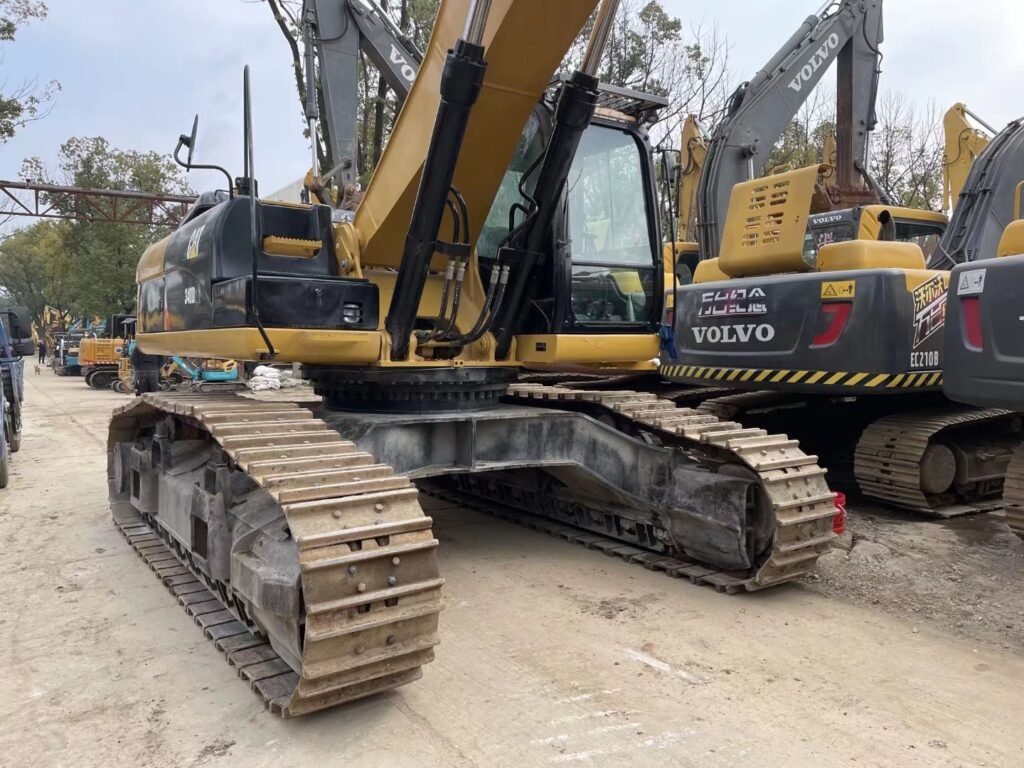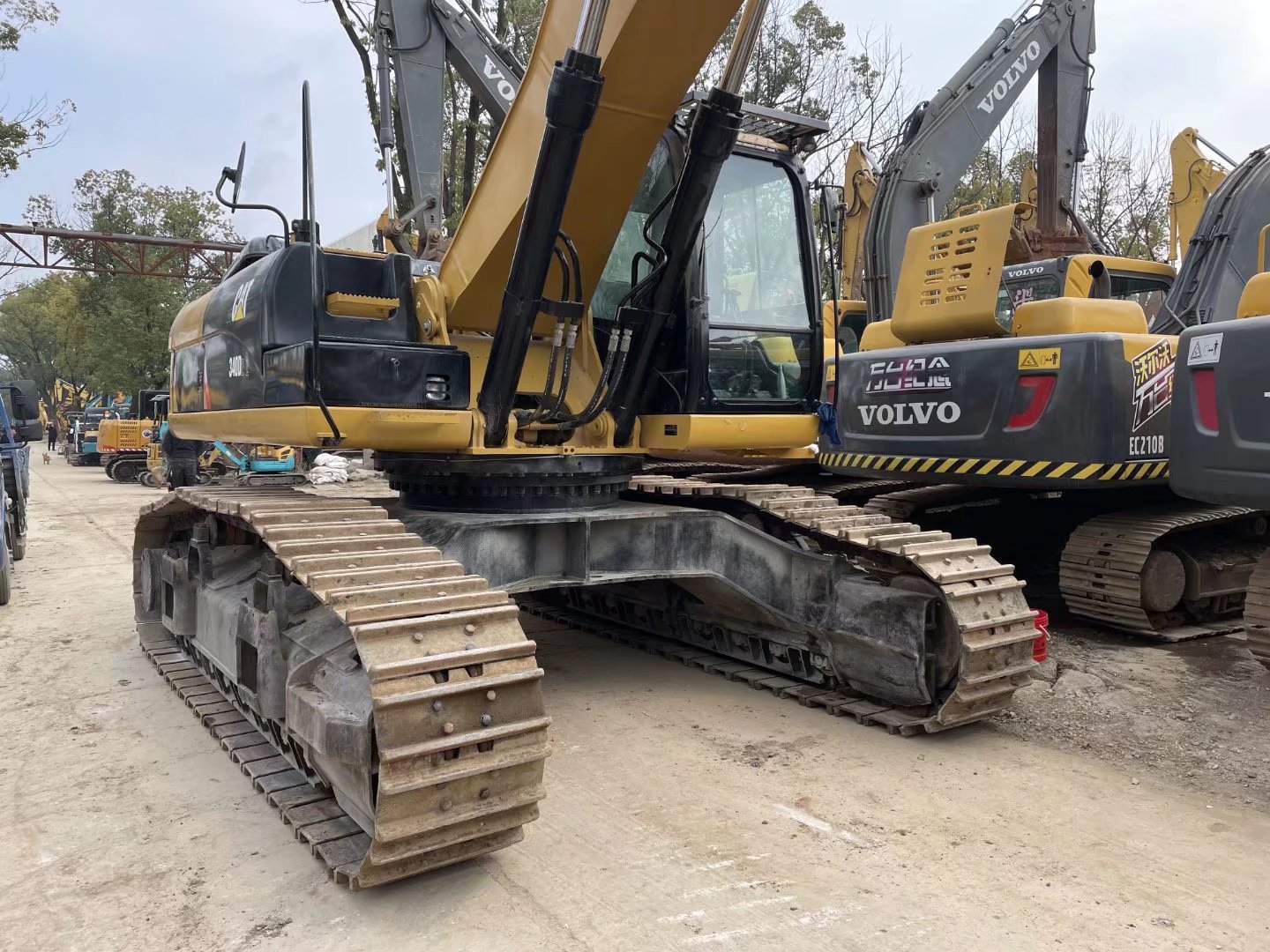I. Introduction
- Background: Excavators are crucial equipment in engineering construction, and their power directly affects operational efficiency and economic viability. In various engineering projects, the choice of excavator power not only relates to construction speed but also involves operating costs and long-term maintenance. Therefore, it is essential to make informed decisions regarding excavator power selection.
- Purpose and Significance: This analysis aims to explore how to accurately select excavator power based on specific engineering needs to maximize economic benefits. By delving into the relationship between power and economic outcomes, it seeks to assist decision-makers in making sound choices, thereby enhancing overall project efficiency.
II. Basic Concepts of Excavator Power
1. Definition of Power
- Power Concept: Excavator power typically refers to the engine output, which directly influences its operational capabilities and efficiency. Higher power ratings usually correlate with better performance in heavy-duty and complex tasks.
- Power Units: Common power units include kilowatts (kW) and horsepower (hp). Understanding the conversion between these units aids in better evaluating equipment performance.
2. Relationship Between Power and Operational Efficiency
- Operational Efficiency Analysis: High-power excavators can significantly improve work efficiency when handling heavy loads and complex terrains, often leading to faster project completion.
- Energy Consumption Comparison: There is a correlation between power and fuel consumption; excessively high power can lead to unnecessary energy use, while insufficient power may hinder efficiency, necessitating careful consideration during selection.

III. Engineering Demand Analysis
1. Types and Scales of Projects
- Different Project Types: Various engineering types, such as earthmoving, building construction, and mining, have different power requirements for excavators. For example, mining operations typically require higher-powered excavators to handle hard rock.
- Project Scale: Larger projects often necessitate higher-powered equipment to manage extensive earthmoving tasks, while smaller projects can opt for lower-powered excavators to control costs.
2. Soil Types and Working Conditions
- Soil Hardness: Different soil types (such as soft soil, hard soil, and rock) have varying power requirements for excavators. Selecting the appropriate power can enhance work efficiency and reduce equipment wear.
- Working Environment: The construction environment (urban, rural, mountainous, etc.) also influences power selection. In urban settings, space constraints and maneuverability are vital, while in mountainous areas, stability and traction become paramount.
IV. Economic Analysis
1. Purchase and Maintenance Costs
- Initial Investment: There are significant differences in the purchase costs of excavators with different power ratings. Generally, higher-powered excavators involve greater initial investments but may prove more economical for specific projects.
- Long-term Maintenance Costs: While high-powered excavators may incur higher maintenance costs, their reliability and durability under heavy use can reduce failure rates, lowering overall maintenance expenses.
2. Operating Costs
- Fuel Consumption: Power significantly affects fuel efficiency. High-powered machines may perform better under heavy loads but could waste fuel in lighter tasks. Thus, matching power to project requirements is crucial.
- Production Efficiency: Variations in production efficiency among excavators with different power ratings can directly impact overall project costs; efficient machines can decrease timelines and reduce labor and indirect costs.
3. Cost-Benefit Analysis
- Return on Investment: By analyzing project needs and expected returns, evaluate the ROI of different power selections to guide decision-makers toward optimal choices.
- Risk Assessment: Assess the potential risks associated with high-powered excavators in specific projects (such as excessive wear or fuel consumption) and analyze the trade-offs to ensure effective risk management.

V. Recommendations for Selecting Optimal Power
1. Comprehensive Evaluation
- Holistic Consideration: Evaluate factors such as project demands, soil types, and working conditions to select the appropriate excavator power, ensuring optimal equipment performance.
- Expert Consultation: Engage with equipment suppliers or industry experts to gather professional insights, ensuring that the chosen power aligns with engineering requirements.
2. Case Studies
- Successful Cases: Analyze real-world examples of successful power selection for excavators, demonstrating how appropriate power choices can enhance economic performance.
- Failure Cases: Discuss instances where improper power selection led to project failures or increased costs, providing valuable lessons for other decision-makers to avoid similar pitfalls.
VI. Summary and Outlook
- Key Takeaways: Summarize the importance of power selection in matching engineering needs and its profound impact on economic efficiency.
- Future Trends: Discuss the emerging trends in excavator technology and their potential effects on power selection and economic viability, such as electric excavators and intelligent control systems.



